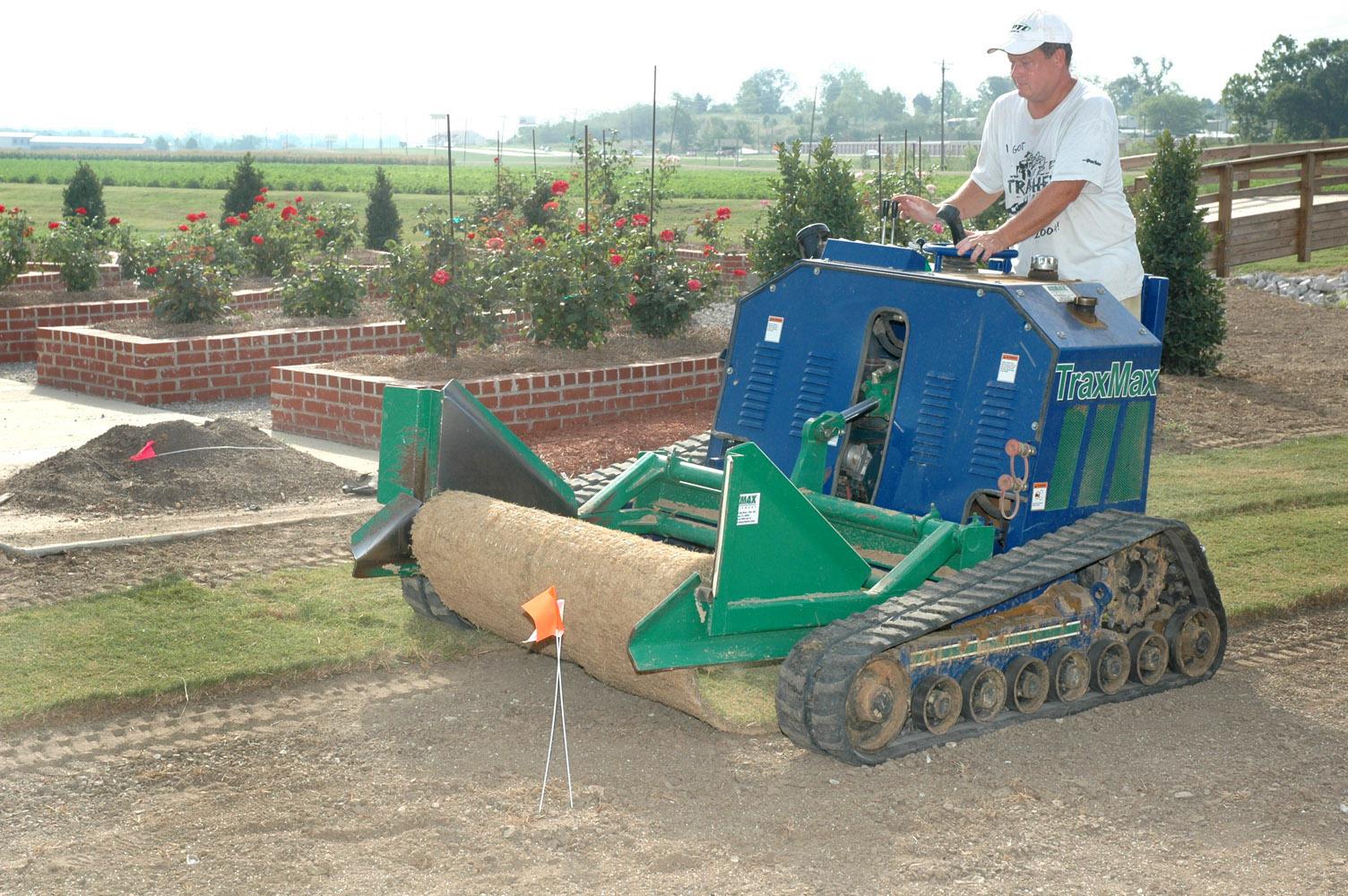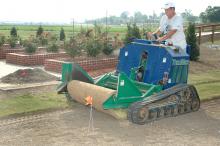Information Possibly Outdated
The information presented on this page was originally released on July 28, 2006. It may not be outdated, but please search our site for more current information. If you plan to quote or reference this information in a publication, please check with the Extension specialist or author before proceeding.
Drought, fuel prices drive up sod costs
MISSISSIPPI STATE -- Mississippi's sod producers are experiencing significantly higher production and transportation costs with little opportunity to pass their expenses on to consumers.
Wayne Wells, turfgrass specialist with Mississippi State University's Extension Service, said the cost of fuel impacts the cost of nitrogen fertilizer, which requires natural gas for production.
“In addition to fertilizer costs, producers are also experiencing higher fuel expenses to run the equipment needed to apply the fertilizer, and to run the mowers, irrigation systems and transport trucks,” Wells said. “Prices for sod typically do not increase significantly from year to year. For the most part, prices have not increased more than 10 percent in some parts of Mississippi in the last 15 years.”
Wells said the 2006 growing season had a slow start because of a cool, wet May, but demand for sod has been good. There are issues still impacting growers: dry weather means a lot more irrigation and slower growing. Water also is essential in the harvesting process.
“The cost of transportation and operations on the farm have been a big factor for growers, Wells said. “We can expect to see sod prices increase, but it's still a bargain for what you get compared to carpet.”
Dan Crumpton of Oasis Sod Farms in Clarksdale said prices for fuel and fertilizer have doubled since he entered the business eight years ago.
“Our price for sod has not reflected that. In fact, prices have just increased this year for the first time,” Crumpton said.
David Rainey of Rainey Sod Farm in Corinth agreed that the market is slow to respond to production cost increases. Setting delivery fees and sod prices has been a challenge as fuel prices have jumped.
“Everything we touch -- equipment, fuel and labor -- has gone up. All of my irrigation is run off of diesel-powered units. Most of our sod price increases have come in the last 12-18 months, and that's been about 10 percent,” Rainey said.“It is important for all growers to price their sod well to cover costs,” he said. “It's understandable that customers want the lowest price, but they also need to consider quality and service.” With 30 years in the business, Rainey ships sod all over the country, especially certified grasses for golf courses and athletic fields.
Wells said certified grasses give the buyers reassurance they are getting a quality product that is free of other grasses. These grasses often go to sports fields.
“Certified grasses will cost more, but customers can be certain they are getting the grass with the qualities they ordered,” Wells said.
Wells and other MSU researchers are working to develop grasses that are more resistant to insects, diseases, and heat and drought. An additional research plot recently has been established to improve grasses for putting greens.






